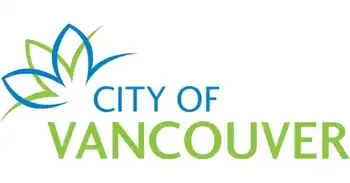LEDs: as energy efficient as compact fluorescents
If the energy used to create and dispose of the LED lamp is more than that for a comparable standard bulb, then all of the proclaimed energy savings to produce light are for naught.
Until recently, no one knew if that was the case. In March, a preliminary study reported by Carnegie Mellon indicated that LED lamps were more energy efficient throughout their life, but the researchers pointed out that not every aspect of the production process was taken into account.
A new study released by Osram, the German lighting giant, claims to confirm those findings.
Conducted by the Siemens Corporate Technology Centre for Eco Innovations (Siemens is the parent of Osram and Sylvania), the report examines the energy needed to create and power an LED lamp. Even the energy needed to ship a lamp from the factory in China to an installation in Europe was taken into account.
The study used a 25,000-hour LED lamp life as a constant, comparing the energy needed throughout its life to that used for 25 1,000-hour incandescents and 2.5 10,000-hour compact fluorescents.
The findings, according to a summary of the study: todayÂ’s LED lamps are essentially as energy efficient as compact fluorescents, in the amount of energy needed to create, recycle and provide light. Osram said it expected those numbers to improve as LEDs become more energy efficient.
The company issued no in-depth information to support its claims. It said that confirming data will be released this fall, after review by three independent analysts.
But assuming the numbers hold, this total Life Cycle Assessment should put to rest any lingering doubts about the overall “greenness” of LEDs.
Related News

Electricity Payouts on Biggest U.S. Grid Fall 64 Per Cent in Auction
NEW YORK - Power-plant owners serving the biggest U.S. grid will be paid 64% less next year for being on standby to keep the lights on from New Jersey to Illinois.
Suppliers to PJM Interconnection LLC’s grid, which serves more than 65 million people, will get $50 a megawatt-day to provide capacity for the the year starting June 2022, according to the results of an auction released Wednesday. That’s down sharply from $140 in the previous auction, held in 2018. Analysts had expected the price would fall to about $85.
“Renewables, nuclear and new natural gas generators saw the greatest increases in…




